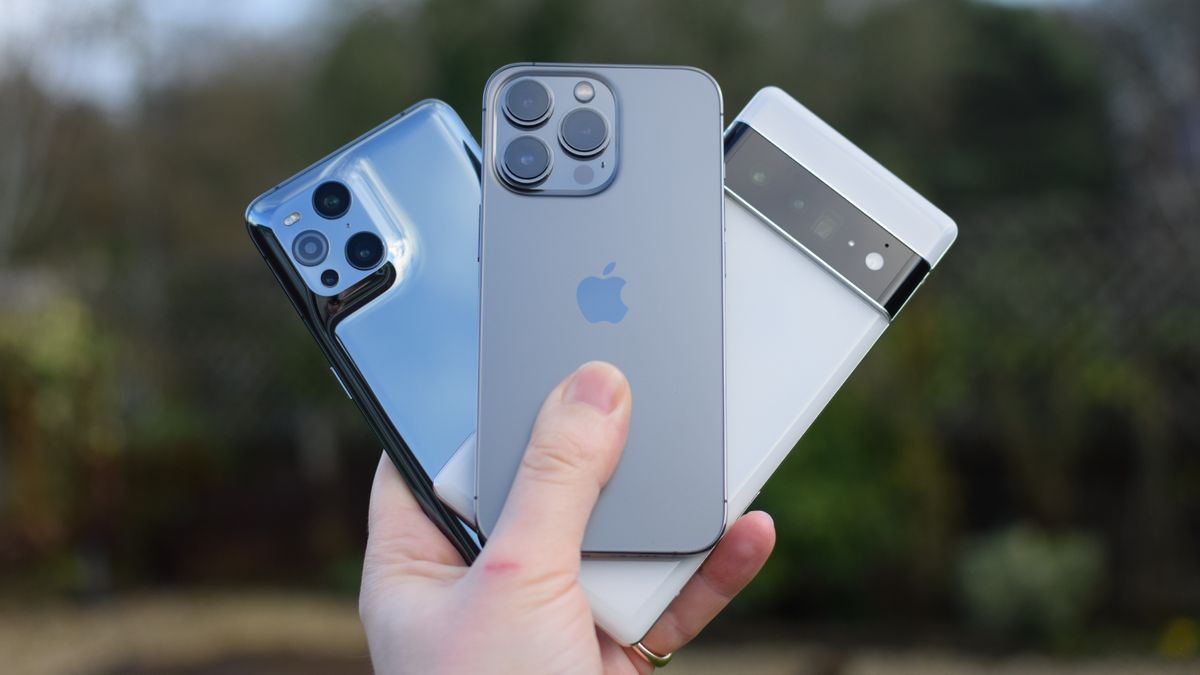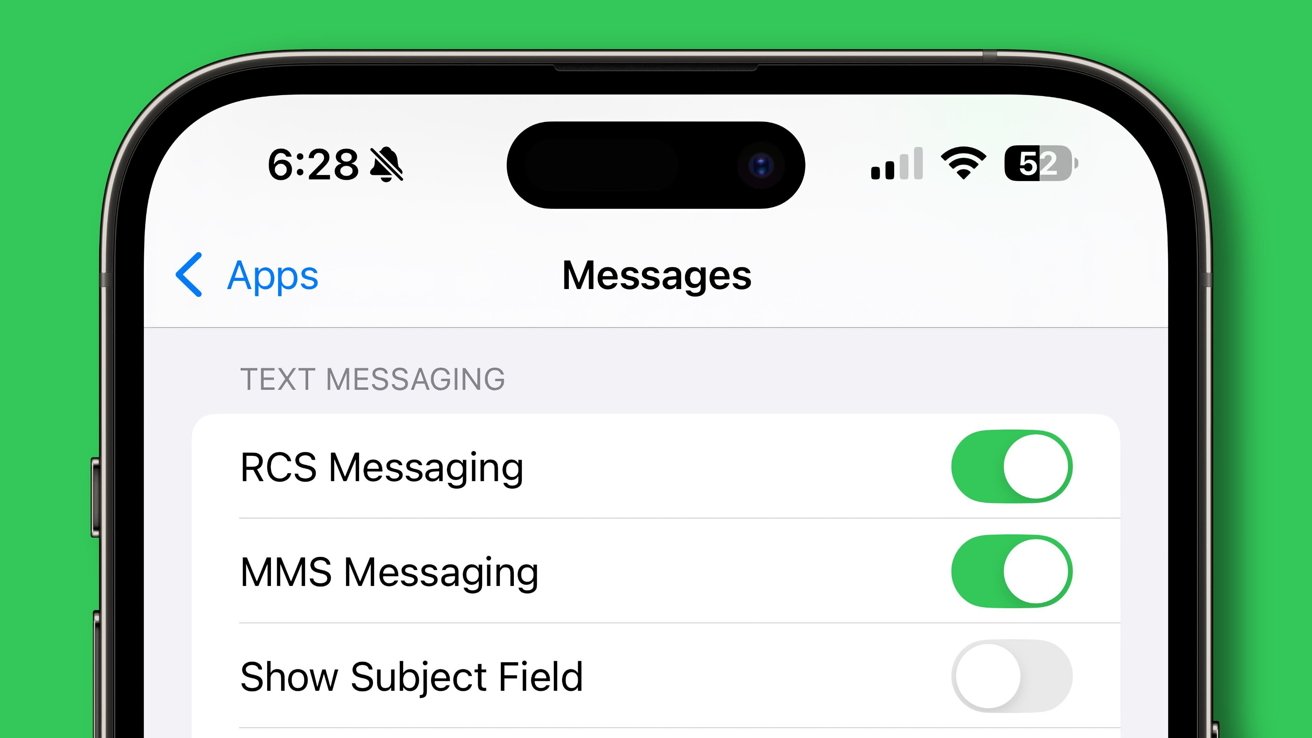- Apple products retain 40% more value than Android smartphones.
- Out-of-warranty repair rates reduced by 38% from 2015 to 2022.
- Liquid damage repairs decreased by 75% since iPhone 7.
- iPhone 15 back glass repair costs reduced by over 60%.
Apple has shared a new whitepaper entitled “Longevity, by Design” as the company expands its Self Service Repair program to Europe.
The document is entirely focused on Apple’s approach to the longevity of their products and the principles of reparability maintenance.
It also voices its stand on parts pairing—an area previously riddled with controversy.
Some interesting statistics pertaining to Apple product longevity can be found in the white paper.
For example, iPhones natively hold their value at a least 40 per cent more than Android smartphones do; this gap widens for older models.
Hundreds of millions of iPhones have been in use for over five years—and that number is growing.
Repair Rates and Improvements

Apple cites a 38% reduction in the rate of out-of-warranty repair rates from 2015 to 2022.
Repairs resulting from accidental damage to iPhones, overall, have reduced by 44% due to more robust enclosures since the introduction of the iPhone 7 line-up.
The liquid ingress protection implemented on the iPhone 7 and 7 Plus reduced liquid damage repair by 75%.
The company boasts that 85 percent of the US population lives within a 30-minute drive of an Apple Store, Apple Authorized Service Provider, or Independent Repair Provider.
This level of accessibility is what Apple considers essential for access to repair services.
Reparability Principles

Apple outlines four key principles guiding its approach to reparability:
- Environmental Impact
- Access to repair services
- Safety, security, and privacy
- Transparency in repair
Parts pairing has been a widely criticised method but Apple says it is used to ensure reparability and transparency without putting device security and performance at risk.
Apple is thus attempting to justify parts pairing, a practice very much controversy-laden.
Apple argues that pairing would help achieve this dual purpose: greater accessibility and transparency of repairability while maintaining device security and optimal performance.
The company has clarified that this will not make any compelling situation for customers to go to Apple for repairs since less than one-third of out-of-warranty repairs are done by Apple.
The whitepaper cites safety issues with non-Apple parts, referencing a UL Solutions study in which 88% of third-party batteries tested ignited or exploded in at least one test.
Apple points out that enabling iPhone 15 back glass repair as an individual module has reduced repair costs for customers by over 60%.
“Designing the best, longest-lasting products in the world requires striking a balance between durability and reparability, while providing ongoing software updates — and we’re constantly looking for new and innovative ways to accomplish that mission,” says John Ternus, Apple’s Senior Vice President of Hardware Engineering.
FAQs
Q1: What is the focus of Apple’s new whitepaper “Longevity, by Design”?
The whitepaper focuses on Apple’s approach to product longevity, reparability principles, and the company’s stance on parts pairing.
Q2: How much more value do iPhones hold compared to Android smartphones?
iPhones hold their value at least 40% more than Android smartphones, with the gap widening for older models.
Q3: What has been the impact of liquid ingress protection on iPhone repairs?
The liquid ingress protection on the iPhone 7 and 7 Plus reduced liquid damage repairs by 75%.
Q4: What are the key principles guiding Apple’s approach to reparability?
Apple’s reparability principles include environmental impact, access to repair services, safety, security, privacy, and transparency in repair.
Q5: How has Apple made repairs more affordable for customers?
Enabling iPhone 15 back glass repair as an individual module has reduced repair costs for customers by over 60%.
Q6: What are the new whitepaper handful notable statistics about Apple product longevity ?
iPhone retains at least 40% more of its value compared to Android smartphones, with the valuation difference increasing for even older models of iPhone.
There are hundreds of millions of iPhones that have been in use for more than 5 years — and that number is still growing. And Apple products remain in use longer than competitor devices.
From 2015 to 2022, out-of-warranty repair rates were down by 38%.
For iPhone, overall repairs for accidental damage have decreased by 44% since the introduction of improved enclosures starting with the iPhone 7 line-up.
When liquid ingress protection was introduced with iPhone 7 and iPhone 7 Plus, repairs for liquid damage decreased 75%.
Enabling iPhone 15 back glass repair as an individual module lowered the cost of repair for customers by over 60%.
85% of the US population is within a 30 minute drive of an Apple Store, Apple Authorized Service Provider (AASP) location, or Independent Repair Provider (IRP).
88% of third-party batteries tested in a UL Solutions study caught fire or exploded in at least one test.
Read More : Apple stores in india Record Monthly Sales of over rs 22- 25 crore each
Also Read: Apple Intelligence: AI-Powered Enhancements Boost Company Stock to Record High
Also Read: Apple to Integrate OpenAI Technology in iOS 18: Enhancing AI Features
